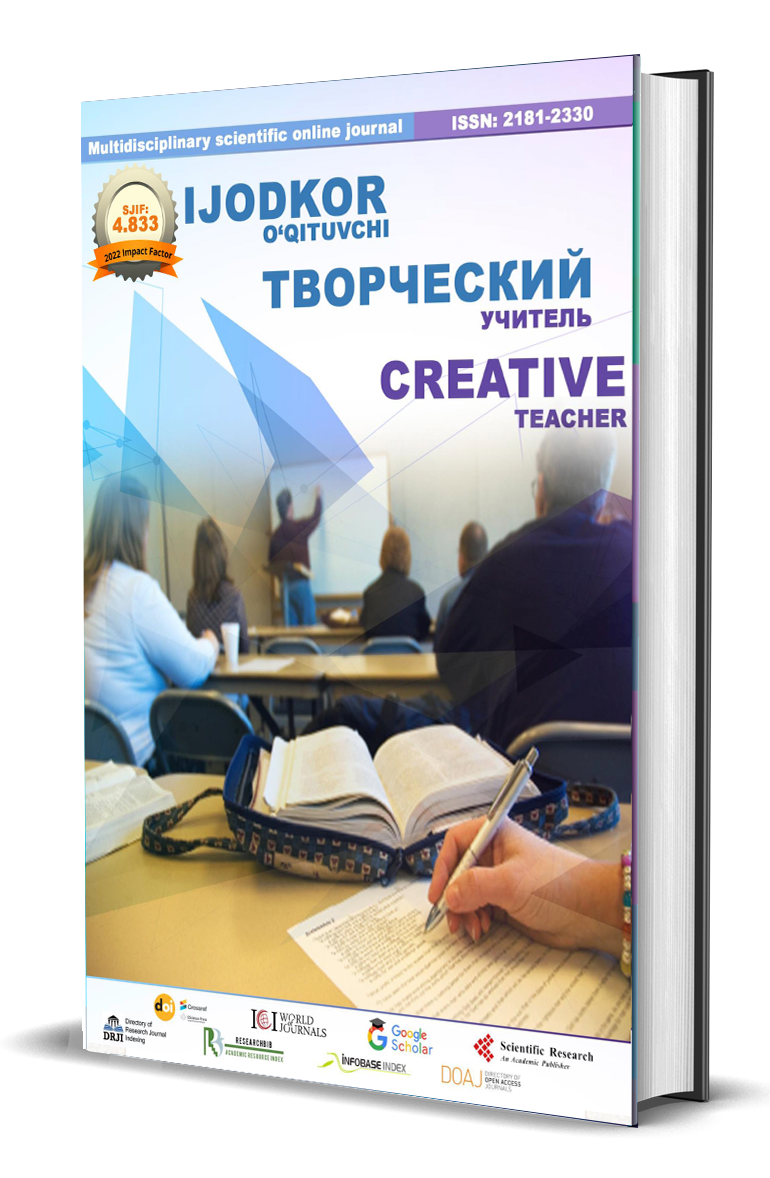BALANCING TECHNOLOGY WITH PEDAGOGY IN ENGLISH LANGUAGE CLASSROOM: TEACHERS’ ROLE
Keywords:
Pedagogy, technology, pedagogical models, digital technologies, EFL instructors, technological knowledge, ELT, innovationsAbstract
With the tremendous advancement in computer-assisted language learning (CALL), English language instructors have started an exciting journey of utilizing modern technological applications to equip students with the necessary tools to boost their language skills. The current study aimed at exploring the university English language instructors’ perceptions of the optimal use of technology in an EFL context as many teachers misconceive the philosophy behind the integration of technology and overestimate the value of using technology without considering its relevance, necessity and applicability. Instructors who merely seek the blind application of technology regardless of content, students’ needs, learning styles, and methodology will cease to be pedagogically effective. The findings will pave the way for reshaping the instructors’ teaching beliefs, practices and approach of integrating technology in an EFL class. The article highlighted the importance of developing the instructors’ technological skills that are needed to launch new applications and providing concrete examples of how to successfully integrate technology in language instruction.
References
1. Abunowara, A. (2014). Using technology in EFL/ESL classroom. International Journal of Humanities and Cultural Studies, 1(2), 1-18.
2. Ahmad, J. (2012). English language teaching (ELT) and integration of media technology. Procedia - Social and Behavioral Sciences, 47, 924-929.
3. British Council (2014). Innovations in learning technologies for English language teaching. (Ed) Gary Motteram, Innovation Series. London, UK.
4. Cochran, K.,DeRuiter, J.A.& King, R. A. (1993). Pedagogical content knowing: An integrative model for teacher preparation. Journal of Teacher Education, 44(4), 263- 272.
5. Gess-Newsome,J. (1999). Pedagogical content knowledge: An introduction and orientation. In J. Gess-Newsome & N. Lederman (Eds), Examining pedagogical content knowledge: The construct and its implications for science education. Dordrecht, Netherlands: Kluwer Academic Publishers.
6. Kajder, S. B. (2003). The tech-savvy English classroom. ME: Stenhouse, Portland Koehler, M. J., Mishra, P. & Cain, W. (2013). What is technological pedagogical content knowledge (TPACK)? Journal of Education, 193(3), 13-19.
7. Solijonova Madinabonu Bahromjon qizi. (2023). DEVELOPING STUDENTS’ LANGUAGE LEARNING SKILLS AND INCREASING THEIR MOTIVATION THROUGH GAMIFICATION. SCHOLAR, 1(26), 9–13. https://doi.org/10.5281/zenodo.8397153
8. Solijonova, M. 2024. THE USE OF GAMES IN IMPROVING LEARNERS’ PRONUNCIATION. https://doi.org/10.5281/zenodo.10809827
9. Sоlijоnоvа.M.B. DIАSPОRА TIMES GLОBАL SАT-FRI: Mаy 18 - Mаy 24, 2024. Different Аpprоаches Оf Teаching English Аs А Fоreign Lаnguаge Tо Yоung Leаrners. 21p.
10. Warschauer, M. (2013). Technology and Second Language Learning. Encyclopedia of Applied Linguistics.




